1. Seek out the newest ships.
While some oceangoing lines have nicely retrofitted older vessels with accessible features, generally, the newer the ship, the more likely that accessibility for all guests was built into the design. These ships typically will have everything from ramps to all areas, doors that open with a touch button, accessible cabins with wider doors to accommodate wheelchairs, “roll-in” showers and a pool or whirlpool lift to assist those who want to enjoy a cool dip.
2. Get a special needs brochure.
Cruise lines typically publish special needs brochures and many are online. They spell out what services are available and what staff will or will not do (some cruise lines require an able-bodied person to travel with a guest needing assistance). For example, Norwegian Cruise Line’s information says it has accessibility coordinators, accepts children with special needs, and assists vision-impaired or blind guests with Braille /tactile signage and much more.
3. Arrange an alert kit.
For those travelers with hearing impairments (a visual/tactile alert kit, designed to keep you safe) If a general alarm or smoke detector siren sounds. It can also indicate a steward knocking at the door. Some lines have a teletypewriter that can be hooked up to the ship’s phone system.
4. Organize equipment rental in advance.
Some ships may have a limited number of wheelchairs or other equipment available for loan or rental to guests; however, if you absolutely must be assured of having a wheelchair, oxygen concentrator, scooter or other equipment during your cruise, please advise and we will make everything as seamless as possible.
5. Consider the distances on big ships.
Mega-ships can require covering long distances to get to the different dining and entertainment option onboard. We can arrange for equipment to meet you when you arrive in your stateroom! Pricing is based on the equipment chosen, the cruise home port and the cruise length; this will allow you the freedom to tour the ship in your own.
6. Check service dog requirements for those with vision problems.
We suggest that you book early and we will assure the cruise line is informed that you are traveling with a service dog; some may limit the number on any one cruise. We will confirm what documentation is required, such as proof of service dog certification or vaccination papers. Check whether foreign authorities will allow your service dog to go ashore in ports so that you aren’t stuck without the assistance you need.
7. Consider the ship and if you are booked on intensive itineraries.
The ship being accessible, doesn’t necessarily mean the ports are, or that getting ashore in the port will occur. Look for itineraries in which the ship will “dock” at a pier, providing easier access for wheelchair guests than if the ship must “tender” guests ashore — essentially taking them in small lifeboats. Does the cruise line permit a motorized wheelchair or scooter in a tender? If so, are there any weight restrictions? For expedition cruises using tiny Zodiacs, guests typically need to be able to climb in and out on their own.
8. Evaluate on-shore excursions.
Does the cruise line offer any shore trips on wheelchair-accessible motor coaches? Are attractions in a destination wheelchair friendly? For certain itineraries, a private day tour with a great guide and wheelchair-friendly transportation may be best. To enjoy touring ashore, pick the right itinerary. Not all foreign destinations have accessibility type requirements. While some cities like Stockholm, Sweden, are highly accessible, others aren’t. Ancient or medieval destinations often have uneven pavements, cobblestones, no ramps and ancient staircases or small hills to climb. The world is becoming much more accessible; The Roman Coliseum has a modern elevator for access to its upper level!
9. Book Early.
Cruise lines set aside a selection of accessible staterooms and, at times, suites. Booking very early will provide the best choice of accommodations.
10. Discuss any concerns or requirements regarding access.
Cruise lines are increasingly designing or upgrading their ships to add accessibility features. Crew members are typically eager to serve and assist.






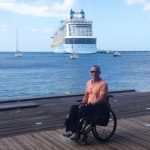






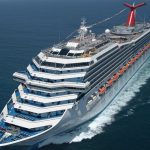
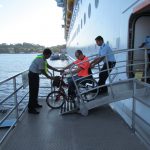
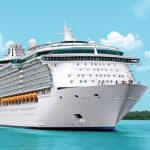

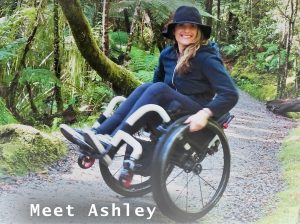

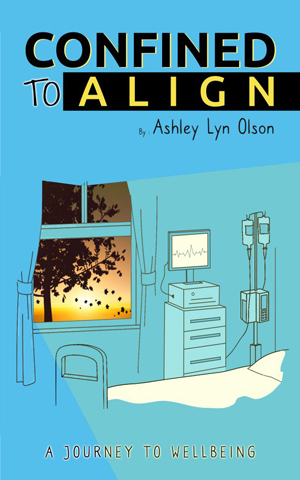
I am looking for a book or two about going on a cruise with a wheelchair or scooter. Can you receive? Thanks